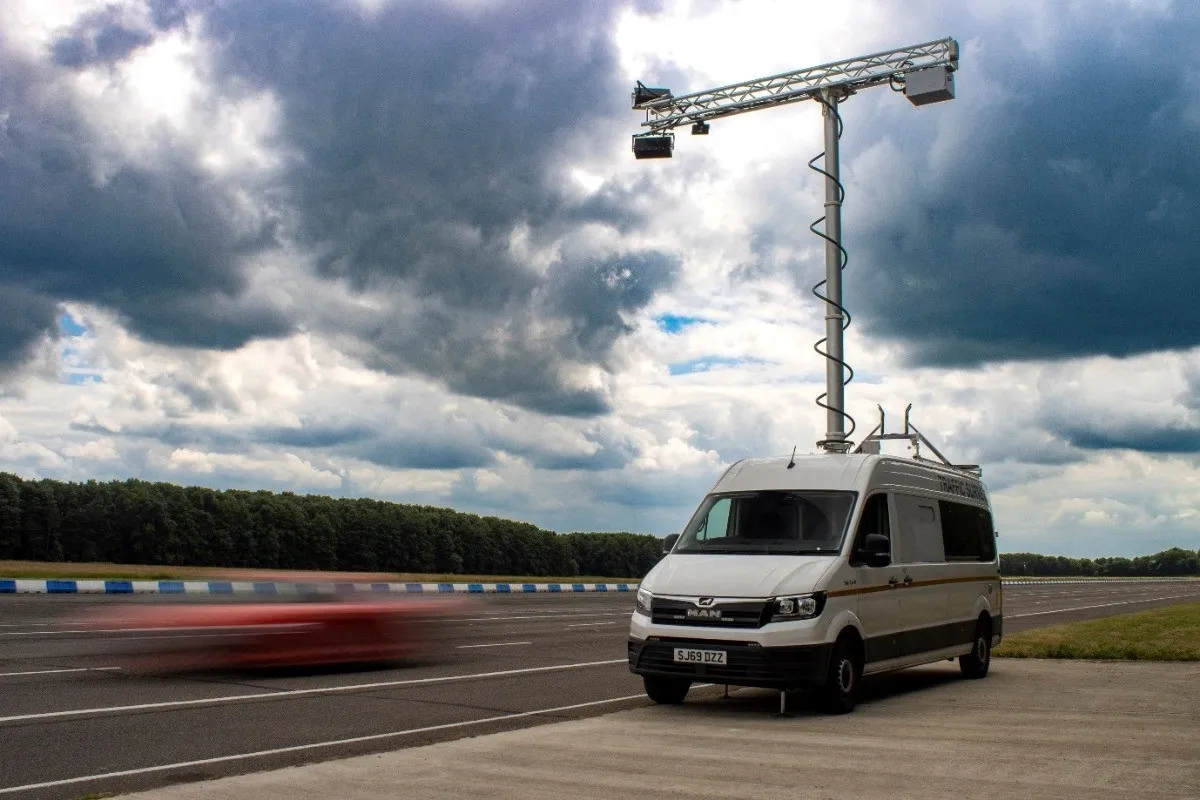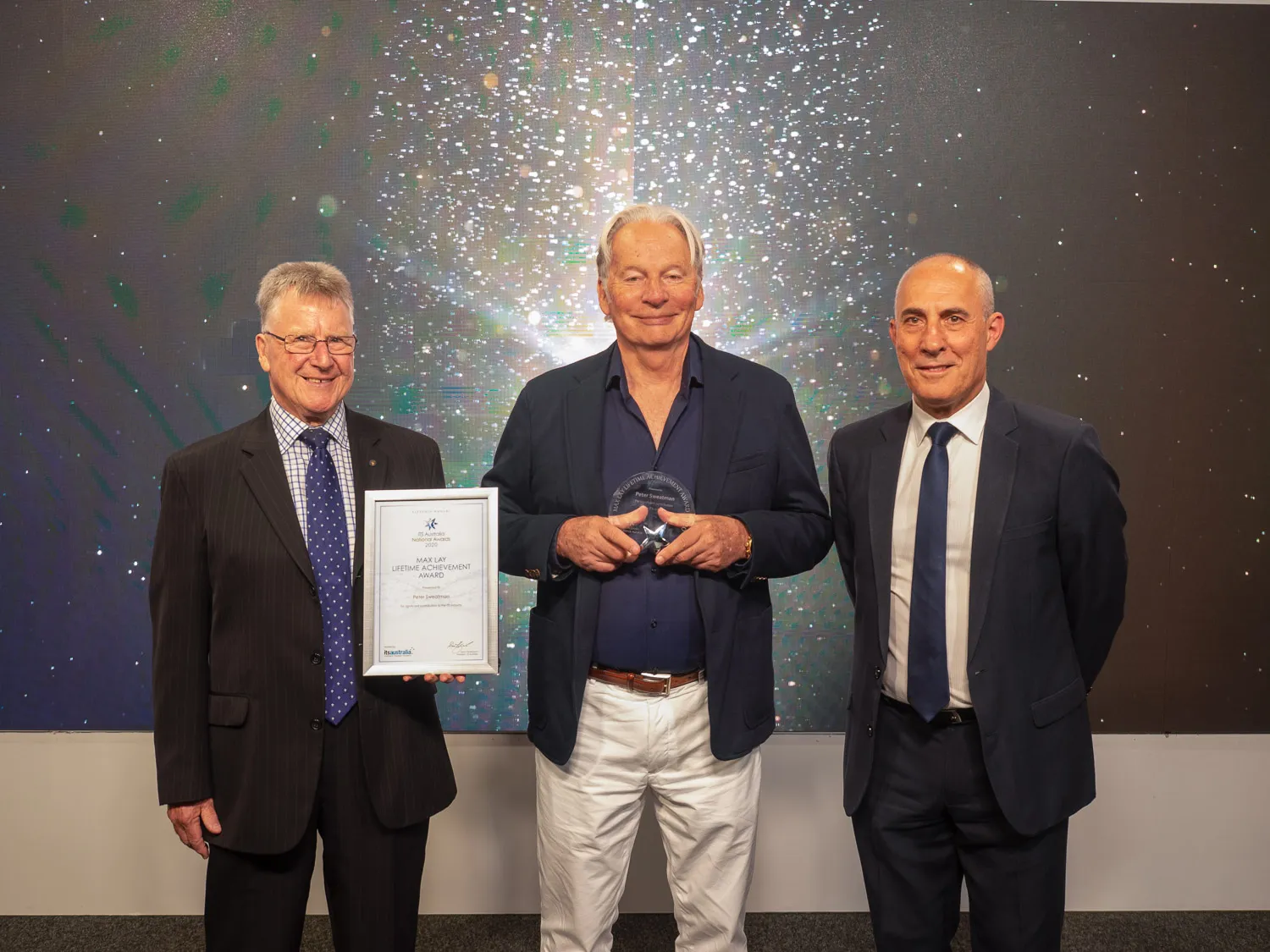The Zefiro high speed train platform can accommodate speed performance from 250-380 km/h (155-235 mph) and is highly flexible. Trains can significantly reduce travelling times between major cities and boost interregional economic growth.
The iF Product Design Award from Germany recognises design quality, finish, choice of materials, degree of innovation, environmental impact, functionality, safety as well as brand value.
This is also the third time in five years that Bombardier has won the Good Design Award for its train design. The award is conferred annually by the Chicago Athenaeum: Museum of Architecture and Design together with the European Centre for Architecture Art Design and Urban Studies.
"These prestigious awards are testament to the Zefiro VHS train's innovative approach to very high speed travel," said Michael Sohn, team leader industrial design, Zefiro project, Bombardier Transportation.
The unique aerodynamic design of the Zefiro train family leads to superior cross wind stability, aerodynamic drag and pressure pulses. Bombardier Transportation is the first company in Europe to develop and apply an aluminum carbody for driving cars as well as trailer cars in the high speed segment, resulting in reduced weight and lower track wear as well as full compliance with stringent safety requirements. Other innovative developments include the Bombardier EBI Drive 50 driver assistance system and the company’s thermo efficient climatisation system. The company claims that these and other energy saving measures mean that Zefiro trains boast the lowest energy consumption per seat of any VHS train.








